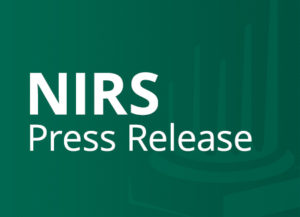While the U.S. faces a retirement crisis, other countries have programs that provide a better level of economic security in retirement.
- All three countries provide relatively higher retirement income for low- and middle-wage workers through their social security and universal/quasi-universal employer plans combined than does the U.S. In Australia and the Netherlands, universal or quasi-universal employer-sponsored programs provide a substantial supplement to social security income.
- Australia’s universal workplace retirement system, the Superannuation Guarantee, is a DC system in which workers bear investment risk individually. However, the success of the system is based largely on nearly universal coverage and high mandatory employer contributions, which are now a gross 9 percent of pay and will rise incrementally to a gross 12 percent of pay in 2019.
- The Netherlands’ pension-centered system, funded primarily by employers, is the centerpiece of a national retirement income system that provides some of the highest income replacement rates among wealthy nations. Employers are shifting market and longevity risks toward employees through the increased use of hybrid plans, but employees bear those risks as a group and intergenerationally, not as individuals.
- While Canada has a voluntary, pension-centered employer-sponsored retirement benefit system with lower coverage than the Australian and Dutch systems, it has a highly progressive, two-part social security system that replaces over 70 percent of lifetime average wage-indexed earnings for low-income workers and about 50 percent for median-income workers.
The experiences of these countries in designing and adjusting their retirement systems provides potential lessons for U.S. policymakers for improving private sector retirement security:
- Australia, after reviewing problems with its decentralized Superannuation Guarantee system, is carefully setting standards for default funds, fee disclosure, and financial advice.
- The Netherlands has developed innovative hybrid workplace retirement plans, called Collective Defined Contribution Plans, which are DC plans from the perspective of employers, but are hybrid DB plans from the perspective of employees.
- In Canada and the Netherlands, employee contributions to DB plans, not just DC plans, are tax deductible. This may be a factor in the relative strength of DB plans in those countries.
The full report is available here.
The National Institute on Retirement Security is a non-profit organization established to contribute to informed policymaking by fostering a deep understanding of the value of retirement security to employees, employers, and the economy through national research and education programs. Located in Washington, D.C., NIRS has a diverse membership of organizations interested in retirement including financial services firms, employee benefit plans, trade associations, and other retirement service providers.
Contact: Kelly Kenneally 202.457.8190 o 202.256.1445 m kkenneally at nirsonline.org
